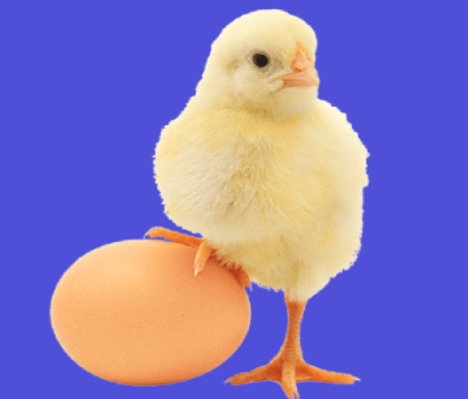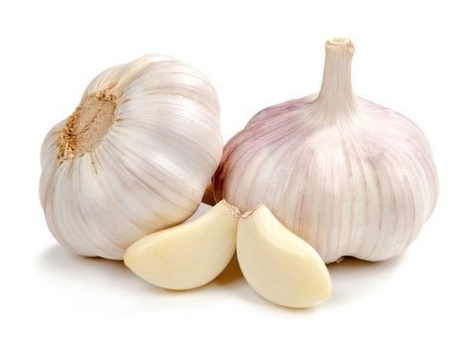Introduction
The discovery of antibiotics in the early 20th century followed by their economization due to large scale production during World War II for controlling human infections revolutionized food animal production, specifically poultry and swine, in the post war era. Concerns over environmental and public health risks associated with the emergence of antibiotic resistance in zoonotic bacterial pathogens due to therapeutic and/or non-therapeutic use of antibiotics have led to global interest in adopting more stringent use of antibiotics in food animal production. In 1986 Sweden banned the use of antibiotic growth promoters (AGPs) and this was followed by a series of events that led to an EU-wide ban that took effect on January 1, 2006. Recently, the Center for Veterinary Medicine, Food and Drug Administration (FDA) recommended judicious use of medically important antibiotics in feed based on key reports and studies describing the impacts of AGP on development and transfer of antibiotic resistance traits among intestinal microbiota and to the environment and humans (Kuehn, 2014). Withdrawing sub-therapeutic use of antibiotics in conventional as well as organic poultry production systems may help to mitigate the emergence of antibiotic resistance in pathogens. However, reduced growth rates in birds that are observed in the absence of AGPs will impact the efficiency of production and perhaps jeopardize food security. These merging issues for both conventional and organic swine production pushed the animal nutritionist to find the alternative approaches to improve feed efficiency in the absence of AGP supplementation. One such alternative commonly known phtochemicals or Phtobiotics have been identified as effective alternatives to antibiotics. Phytobiotics are NGPs that have been growing in popularity as feed additives, due to their beneficial effect on gut health and immunity and growth performance. One such photochemical which have vast potential to replace synthetic antibiotics in feeding is garlic.
Garlic (Allium sativum) is an aromatic herbaceous annual spice grown in tropical and subtropical countries is one of the oldest authenticated and most important herbs commonly used as spice in human food preparation or as traditional therapeutic agent several common diseases such are cold, influenza, snake bites, skin infections, ulcer, diarrohea and hypertension. It has been reported from various animal and human studies that garlic has antimicrobial, antifungal, , immunomodulatory, hypolipidimic, anti-diabetic, anti-inflammatory and antioxidant properties.
Chemical Constituents of Garlic
Garlic is a good source of flavanoids and active sulfur containing compounds such as ajoenes (thiosulfinates (allicin), vinyldithiins, sulfides, diallyl trisulfide (DATS) and others that accounted 82% of the overall garlic sulfur content. Allicin the most biologically active sulfur-containing compound of garlic is responsible for its biological activity. Allicin is not present in raw garlic, but it produced by crushing or cutting the garlic cloves. Alliin, the main cysteine sulfoxide is transformed to allicin by allinase enzyme after cutting of the garlic and breaking down the parenchyma.

Antimicrobial activity of garlic
The antimicrobial activity of garlic is mainly due to active sulphur compound allicin which is effective against wide verities of microorganism including antibiotic-resistant, Gram-positive and Gram-negative bacteria such as Escherichia coli Staphylococcus aureus, Pseudomonas aeruginosa Streptococcus. pyogenes, Salmonella, Klebsiella, Mycobacteria which are potential risk factor for infection in poultry. The antimicrobial activity mainly due to disintegration of cell structures and inhibition of metabolic processes and enzymes containing thiol e.g., thioredoxin reductase, RNA polymerase, and alcohol dehydrogenase of the microbes.
Antifungal Activity of garlic
Garlic extract containing alicin also have a broad spectrum antifungal against vide verities of pathogenic fungi like Candida, Torulopsis, Trichophyton, Cryptococcus, Aspergillus, The garlic extract acted by disrupting the fungal cell wall and causing irreversible ultrastructural changes in the fungal cells, which lead to loss of structural integrity and inhibit the germination ability. These changes in the cytoplasmic content lead to nucleus and cell organelles damage that ultimately leads to cell death.
Antioxidant Activity of garlic
Poultry birds general remain under stress whether it is environmental stress, nutritional stress or production stress which leads to free radical induced oxidative damage in the body and results in lower production performance of the birds. Garlic has potent antioxidant activity and reduces oxidative adverse effects either by increasing the endogenous antioxidant synthesis or reducing the production of oxidizers such as oxygen-free radical species (ORS). Moreover, garlic extract was found to increase the activities of some antioxidant enzymes (e.g., superoxide dismutase (SOD)) and decrease glutathione peroxidase (GSH-Px) in the body. Usually, raw garlic had a stronger antioxidant activity than cooked garlic, and the antioxidant activity of fermented garlic, such as black garlic, was stronger than that of crude garlic.

Immunomodulatory property
Garlic has a positive effect on functions of the immune system, and could offer a future alternative way in the control of chicken diseases. Garlic supplement in broilers augmented anti-body production against Newcastle disease virus (NDV). Garlic supplementation increases the size of the spleen, bursa fabricius and thymus of chickens which result in more lymphocyte proliferation and the increase in WBC counts. It has been reported garlic supplementation at 10 g/kg diet increased anti-NDV, anti-SRBC and anti- Brucella abortus (BA) antibody productions in White Leghorn chicken. The stimulatory effect of garlic on humoral immune response maybe because of the improved immune cell functions that is cytokine production and or antigen presenting cells phagocytic capacity. Oxidative stress is a potential factor coupled with the immune response itself. Thus, the antioxidative properties of garlic might have resulted to the improved functioning of the immune cells by protecting them from oxidative stress.
Effect of supplementation of garlic powder on performance of chicken
| Breed/strain | Dose | Duration | Results | Reference |
| Broiler | 0.3 % | 6 weeks | 16 % improves in FCR | Fadalla et al., (2010) |
| Broiler | 0.25% | 8 weeks | 15 % and 8.8 % improves in FCR and body weight | Sangilimadan et al., ( 2019) |
| Broiler | 0.40% | 6 weeks | 2.39% increase in final body weight | Isa et al., (2012) |
| Broiler | 1% | 6 weeks | 10.28% increase in final body weight | Mansoub, (2011) |
| Broiler | 3 % | 6 weeks | 60 % increase in final body weight | Eligib et al., (2013) |
| Layer | 2 % | 12 weeks | improved yolk weight, yolk diameter, yolk color, and chick length, and lowered hen mortality | Asrat et al., (2018) |
| Layer | 1% | 8 weeks | Improvement in egg production and lower egg yolk cholesterol content | Kolawole et al. (2019) |
| Layer | 2 % | 7 weeks | Reduction in broken eggs broken eggs and higher albumen weight, height and diameter | Ayed et al.,(2018) |
Conclusion
Herbal plants have considerable promise in health promoting effects in poultry, and because of these substances are considered as potential alternatives to antibiotics, garlic have confirmed improvement in performance of poultry by its antimicrobial, antioxidant and immunomodulatory properties. Therefore, garlic show promising potential for applications in organic and conventional poultry production.
Sandeep Uniyal, Amit Sharma, Digvijay Singh and Udeybir Singh Chahal Deparment of Animal Nutrition, Guru Angad Dev Veterinary and Animal Sciences University, Ludhiana.















